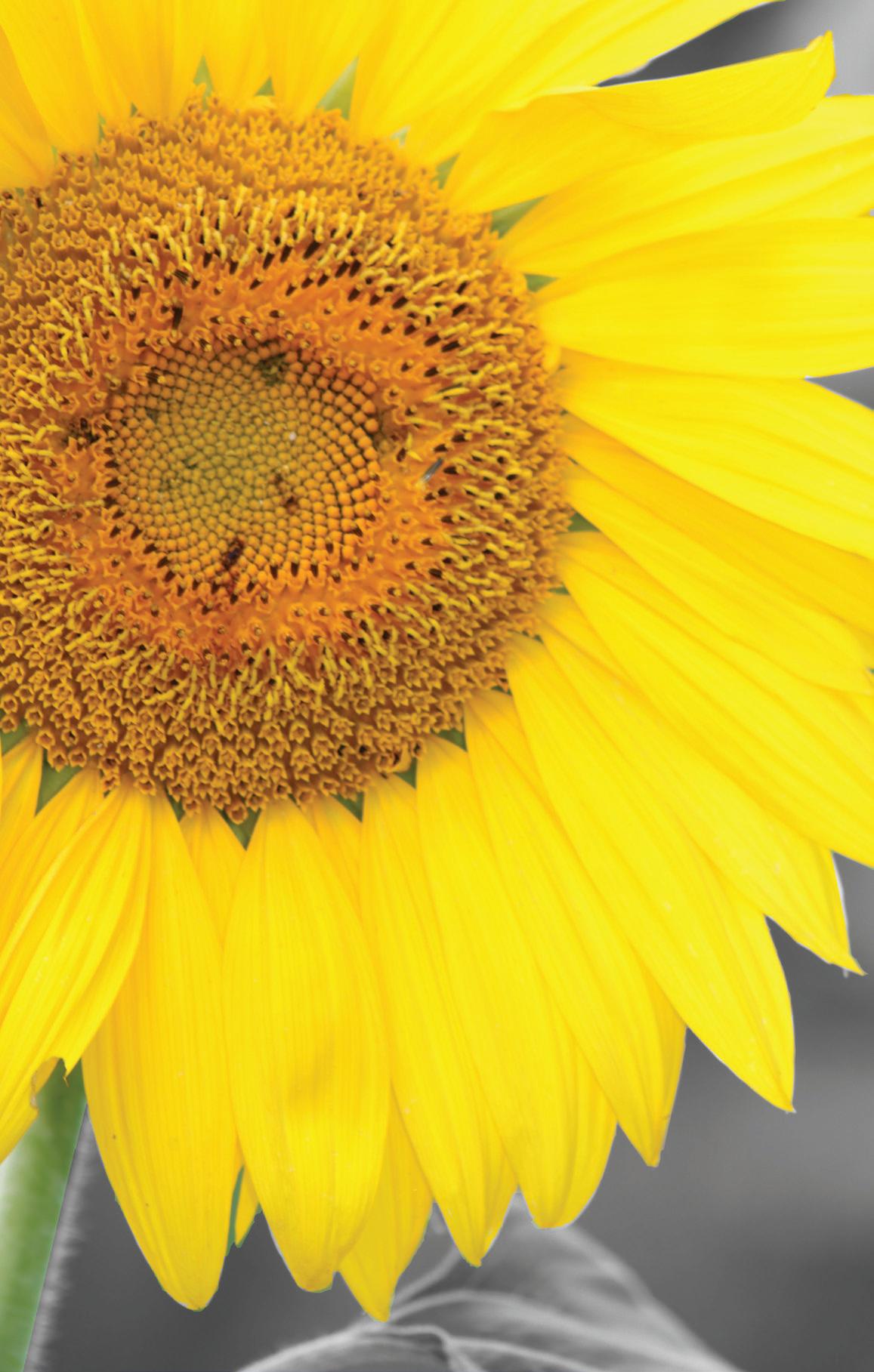20 February 2020
Shellie Rosen, DOM
Herb Doc
Shellie Rosen is a Doctor of Oriental Medicine. She can be reached via her website at Bodyvolve.com
B
efore buying any ruby red products, including candy, for yourself or a loved one this month, you might want to check the ingredient list carefully. Many consumer goods bearing the color red may be problematic to health. Food dyes like “Red 40” are synthetic and contain harsh chemicals such as benzidine and 4-aminobiphenyl. These brightly colored carcinogens are derived from petroleum and can wreak havoc on body systems, causing immediate nervous system imbalances in some, and if consumed consistently over time, they may be contributors to conditions such as cancer. The Food and Drug Administration (FDA) claims that in small quantities, synthetic dyes are safe, but there has been a 500 percent increase in consumer consumption of dyes since
PRIME TIME
Be On Red Alert For Dyes In Foods, Skin Care Products the 1950s. This increase of synthetic chemicals in foods and body care products moves far beyond the quantities initially considered.
There are many seemingly benign items in the home that contain synthetic food dyes. To see for yourself, begin by looking at your cereal. Then take a look at your pickles, cherries, peanut butter, salad dressing, barbeque sauce, beverages, and of course, all those packaged sweets. Next, visit the bathroom and look at skin care products, soaps, toothpaste, cosmetics, shampoos, and over-the-counter and prescription medications. How can the body process such a large quantity of synthetic chemicals from dyes while maintaining health? Research conducted in the 1970s by pediatrician Benjamin Feingold raised red flags about food dye that led to ongoing concern. However, it wasn’t until 2010 that the European Union required foods with synthetic dye to carry warning labels to declare the food “may have an adverse effect on activity and attention in children.” This mandate was motivated by a
MORE EDUCATION. LESS DEBT. IT’S POSSIBLE WITH A 529 PLAN. A 529 account from The Education Plan can make the dream of going to college or trade school possible. You can save money now so you have less student debt later. A 529 account will help pay for many educational expenses. Plus, the money you or others put into a 529 grows tax-free and may be tax deductible in New Mexico. Help make the dream of higher education possible with a 529 plan from The Education Plan, New Mexico’s state-sponsored 529 plan.
Learn more at TheEducationPlan.com For more information about The Education Plan, call 1.877.337.5268 or visit theeducationplan.com to obtain a Plan Description and Participation Agreement, which includes investment objectives, risks, charges, expenses, and other important information; read and consider it carefully before investing. The Education Plan® and The Education Plan® Logo are registered trademarks of The Education Trust Board of New Mexico used under license. TEP.0019.PTFeb.0120
2007 study on sodium benzoate used in food dye, which was found to increase hyperactivity in children. In 2015, the Scientific American shared a comprehensive meta-analysis performed by Oregon Health & Science University professor of psychiatry Joel Migg and his colleagues that points directly to a connection between synthetic food dyes and hyperactivity. The research continues to be mixed about just how much synthetic food coloring is dangerous in the human food and body care product industry. Until the science is crystal clear on this, you may choose to reconsider the amount of synthetic food dye you consume. Aim for whole, unprocessed foods and USDA certified organic labeled goods. Steer clear of chemicals in labels that bear colors and numbers such as Yellow Nos. 5 and 6 and Red 40, to name a few. Food dyes can also serve as alarms for foods to avoid since they commonly accompany products filled with other harmful chemicals, fats, and sugars. Naturally-derived colors are more expensive and do not achieve the same vibrancy as synthetic colors.
Organically labeled ingredients, which do not contain synthetic dyes, tend to look a little more pastel. The green and white USDA-certified organic label lists all ingredients on organic food processed with organic dyes extracted from natural ingredients, like turmeric and spinach. (The phrase “artificially colored” may, in some cases, also indicate a non-synthetic or organic color has been added.) To offer bright red baked goodies to someone you love, try using beets. Beets are high in fiber, sweet, and very red! Replace water in your recipe with beet juice for a powerfully colorful and nutrient-rich treat. Abundant Blessings! Dr. Shellie L. Rosen, DOM, L.Ac.










